Riken Yamamoto, Pritzker Price 2024
Japanese architects have won the award more times than any other nationality in its 45-year history. The latest, Riken Yamamoto, was named as the surprise recipient of this year’s prestigious Pritzker Architecture Prize.
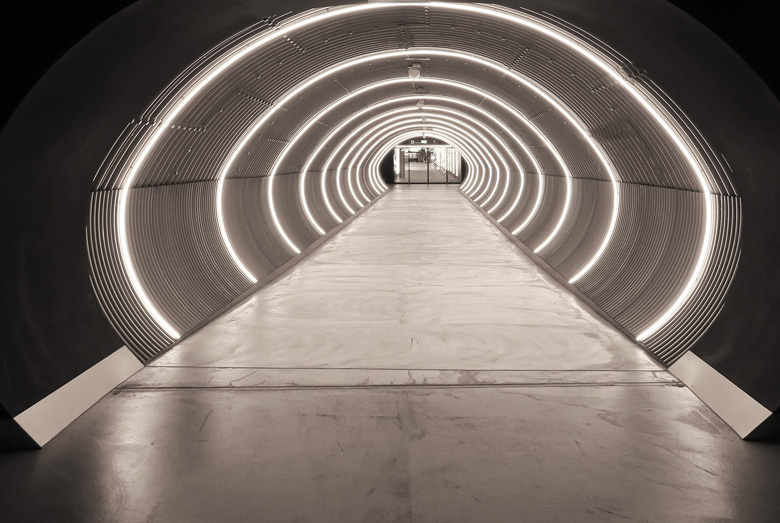
As a young architect born in China and trained in Japan, Yamamoto felt the urgency to complete his own education with a real understanding. He extensively travelled, not just to visit famous monuments, but rather to experience at first hand the culture and everyday life of worldwide communities.
From North to South America, across the Mediterranean to the Middle East and Asia, Yamamoto has investigated the roots and history of community life in order to bring his own contribution to the modernisation of the contemporary city through architecture. For him a building has a public function even when it is private.
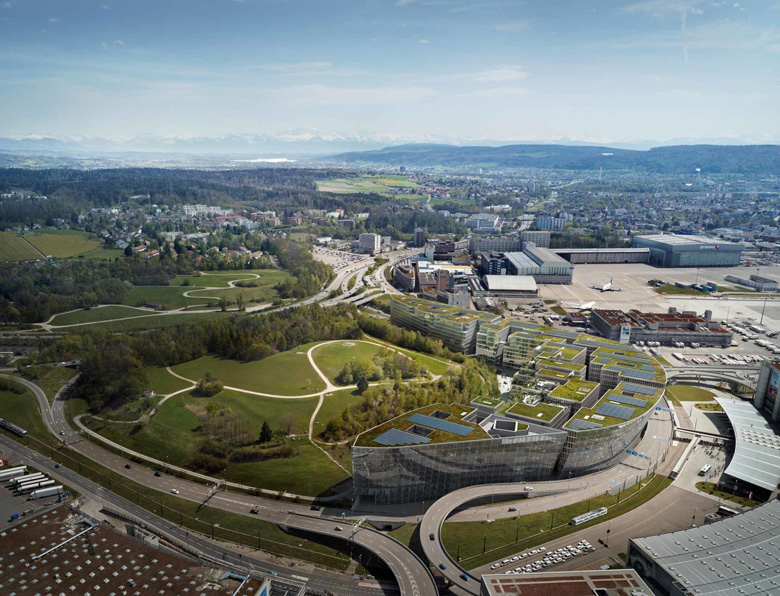
Yamamoto is a reassuring creator who brings dignity to everyday life. Normality becomes extraordinary. Calmness leads to splendour.
His constant, careful and substantial attention to community has generated public interworking space systems that encourage people to convene in different ways.
Riken Yamamoto, a worldwide travelling man
Born in Beijing (China) in 1945, Yamamoto grew up in a traditional machiya in Yokohama (Japan). At the front of the house was his mother’s pharmacy. The threshold on one side was for family and on the other side, for community. The boy sat in between.
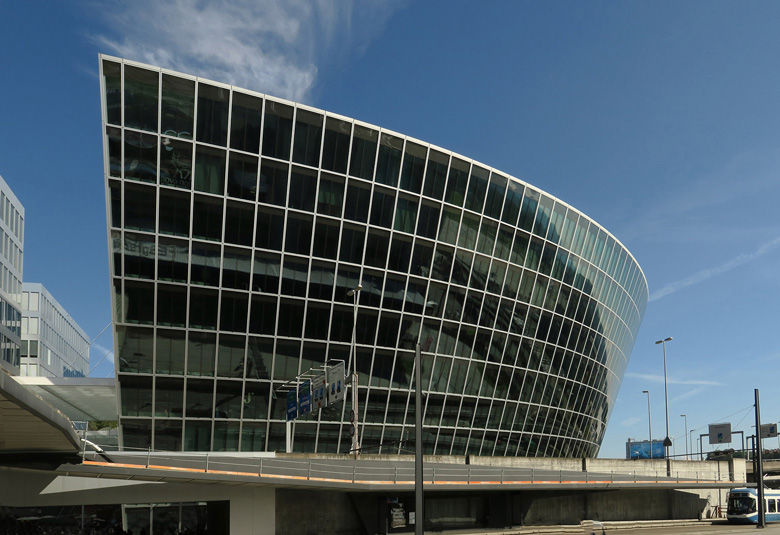
At 17, Yamamoto had his first experience with architecture, when he visited the ancient Kofukuji Temple in Nara. He was particularly captivated by its five-storied pagoda. Another source of inspiration for him was 1970 Osaka International Exhibition.
Yamamoto studied architecture at Nihon University, Tokyo University of the Arts and University of Tokyo before establishing his studio Yamamoto & Field Shop (1973).
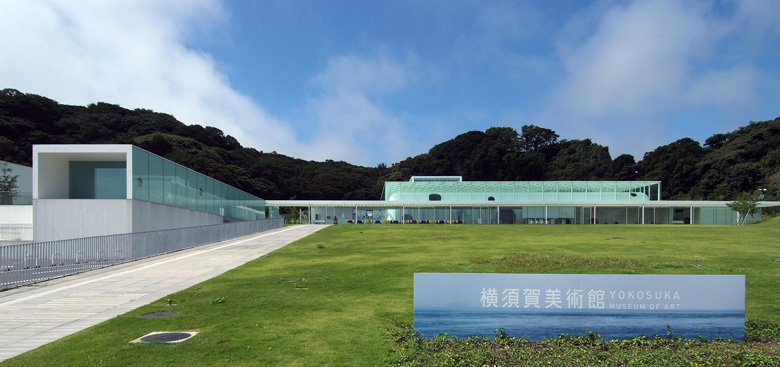
In the early years of his career, the young man drove across Europe, Central and South America with his mentor, Hiroshi Hara. They wanted to research how villages lived and to gain a better understanding of the local communities. They also visited India, Nepal and Iraq, where they observed the interrelation of public and private spaces.
For me, to recognise space, is to understand an entire community.
These expeditions heavily influenced his works, including his first project: the private residence Yamakawa Villa in Nagano Prefecture. Located in the middle of the woods, it has no walls.
Yamamoto’s philosophy
By the strong, consistent quality of his buildings, he aims to dignify, enhance and enrich the social connections and the life of individuals, from children to elders.
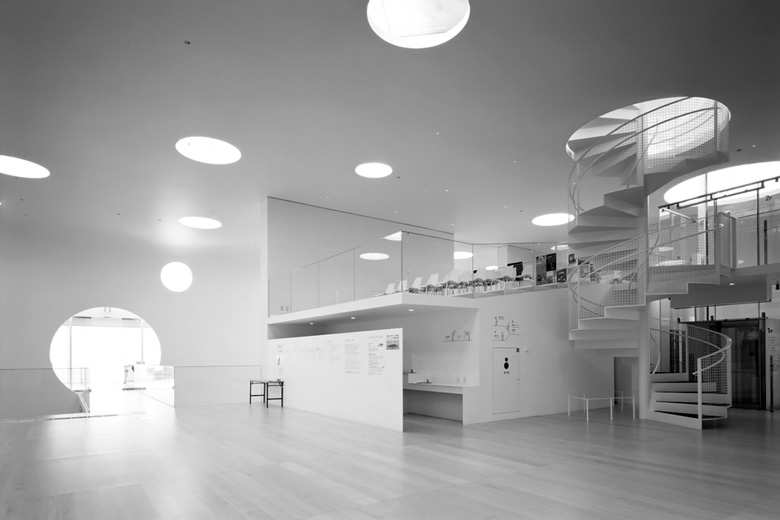
And he does this through a self-explanatory yet modest and pertinent architecture, with structural honesty and precise scaling, paying careful attention to the landscape of the surroundings. His designs clearly express his beliefs through the modular structure and the simplicity of their forms.
He enables people to shape their own lives within his buildings with elegance, normality, poetry and joy.
Yamamoto is not an architecture historian, yet he learns from the past as well as from different cultures. As an architect, he does not copy from the past, rather he adapts, re-uses and evolves, showing that fundamentals persist in their relevance.
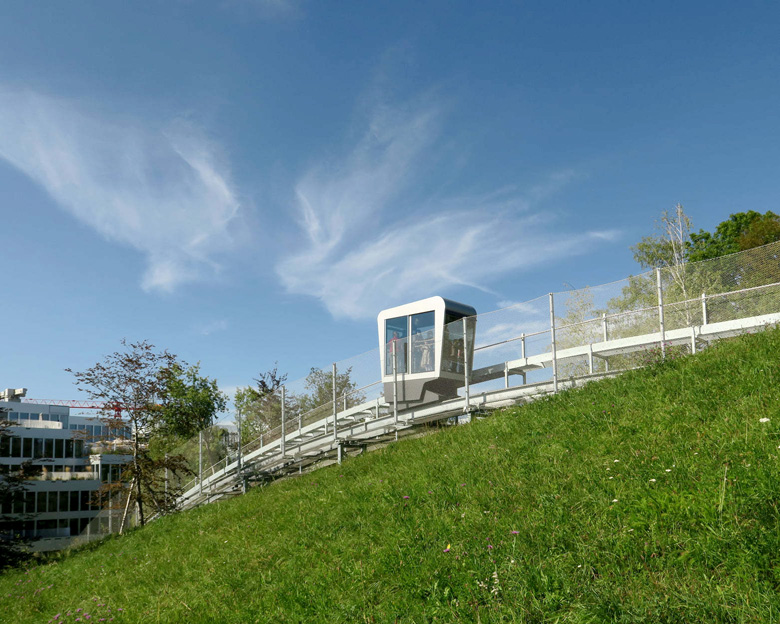
Yamamoto has expanded the toolbox of the profession towards both the past and the future. He is able to give each time, in very different modes and at various different scales, the most pertinent response to the challenges of both the built environment and of collective living.
Community as a “sense of sharing one space”. I feel modern structures alienate people from their neighbours.
He has managed to produce architecture both as background and foreground to everyday life, blurring boundaries between its public and private dimensions and multiplying opportunities for people to meet spontaneously.
Riken Yamamoto’s famous Buildings
Through his career, in the past five decades, Yamamoto has embarked on a variety of projects ranging from private homes, housing projects, schools, university campuses, civic buildings, museums and even a fire station.
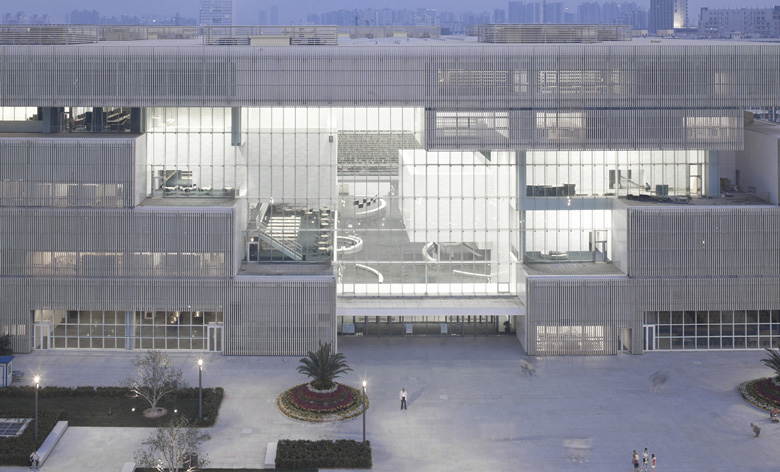
His works often incorporate terraces, courtyards and other open air spaces that encourage interaction with the building’s surroundings.
His early houses included Yamakawa Villa (1977), which was arranged around a large covered terrace, and his own Gazebo Home (1986), which incorporates outdoor terraces and courtyard spaces.
Among some of his most renowned works are the Future University Hakodate in Hokkaido, the Yokosuka Museum of Art in Kanagawa Prefecture, a set of buildings called The Circle at Zurich Airport and the Pangyo Housing complex in Seongnam, near Seoul, which has been praised for reducing isolation among single residents.
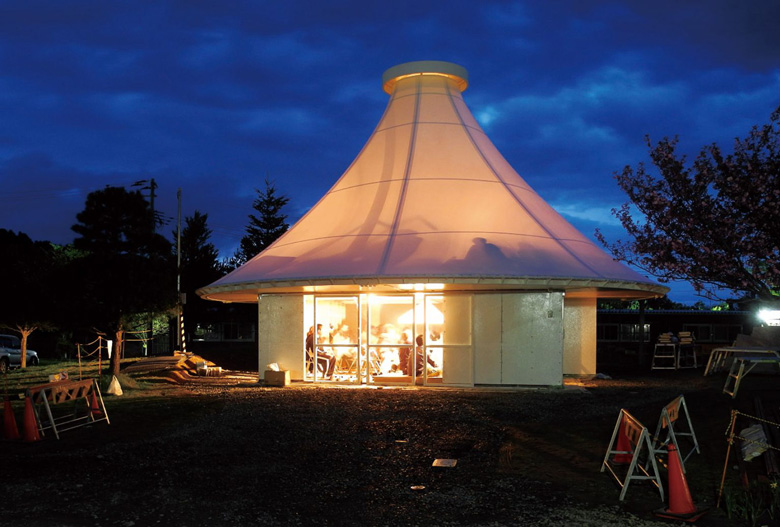
The larger housing projects that followed were designed on similar principles, with the aim of encouraging interaction between residents.
His best-known home project is the low-rise Pangyo Housing development in Seongnam, South Korea, which has a commune deck on the first floor for residents. Yamamoto‘s first social project is Hotakubo Housing in Kumamoto (Japan), consisting of 110 homes arranged around a tree-lined central square.
Other key examples of his ethos include the Future University of Hakodate that presents a large, multi-level, open study space. Also the Yokosuka Museum of Art, which is topped with a curved viewing platform.
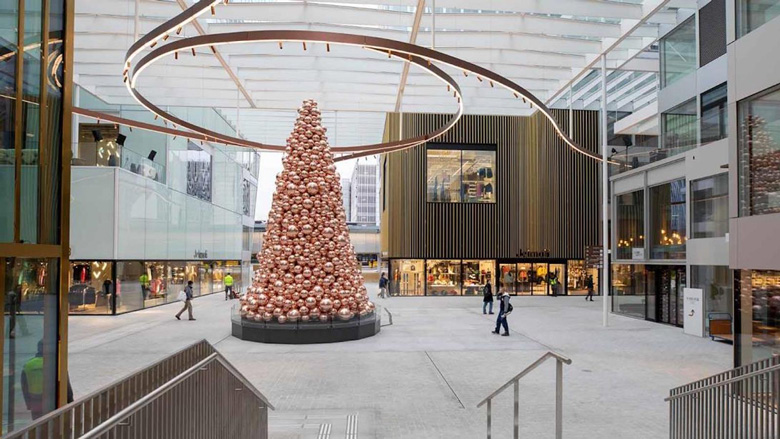
The Koyasu Elementary School has terraces that connect all the classrooms, while the Tianjin Library in China has numerous floors and mezzanines arranged to hold the collection of six million books.
I am not very good at design. I am well aware of that. However, I do pay careful attention to all that is around me: I mean the surrounding environment, the existing local community, circumstances in contemporary society…
Riken Yamamoto is the ninth Japanese architect to win the Pritzker Prize, following Arata Isozaki, Shigeru Ban, Toyo Ito, Kazuyo Sejima and Ryue Nishizawa, Tadao Ando, Fumihiko Maki and Kenzo Tange.
Pritzker Prize honours talent, vision and commitment, which have persistently produced significant contributions to humanity through the art of architecture.
In Yamamoto’s words:
The current architectural approach emphasises privacy, negating the necessity of society relationships. However, we wish to honour the freedom of each individual while living together in architectural space as a unity, fostering harmony across cultures and phases of life.
